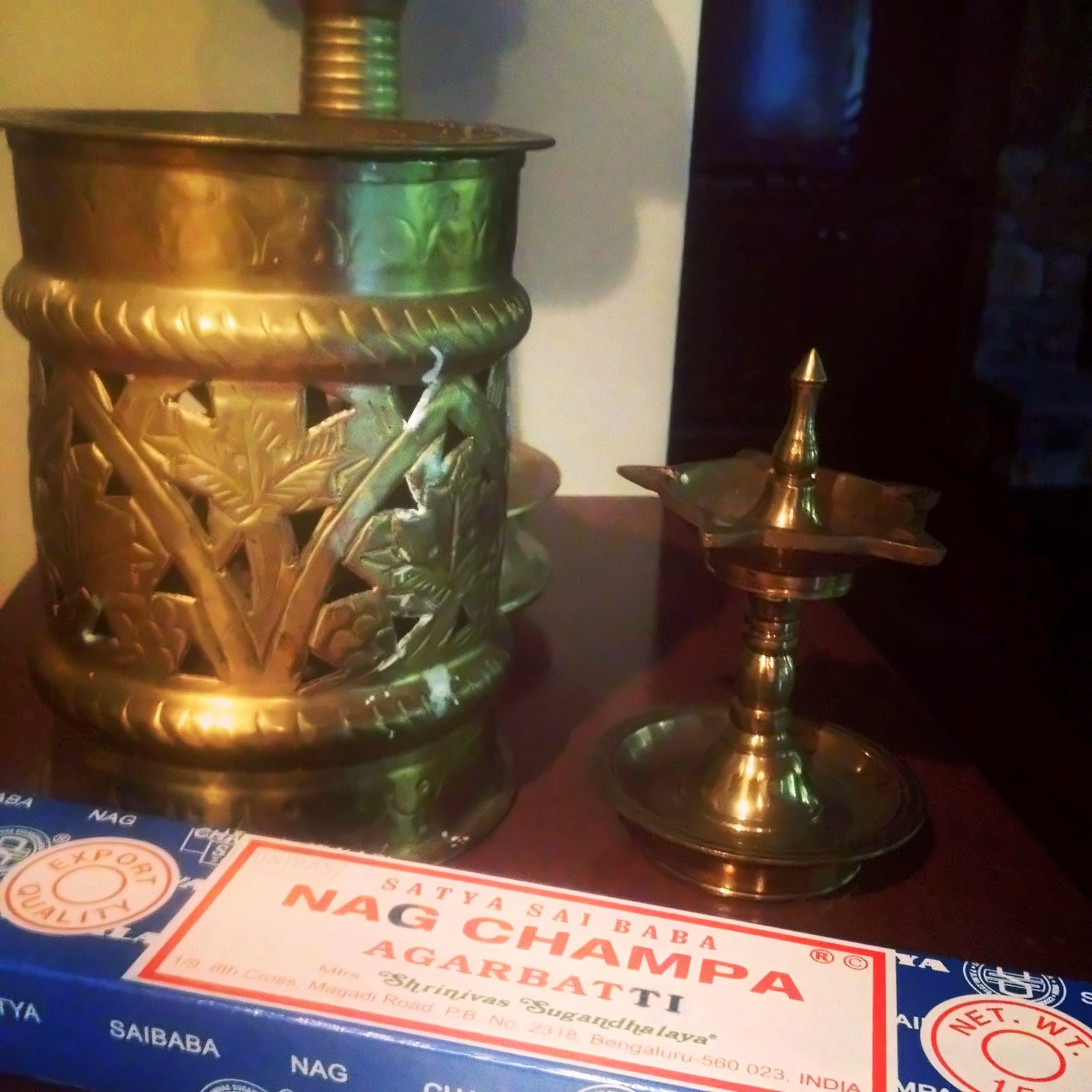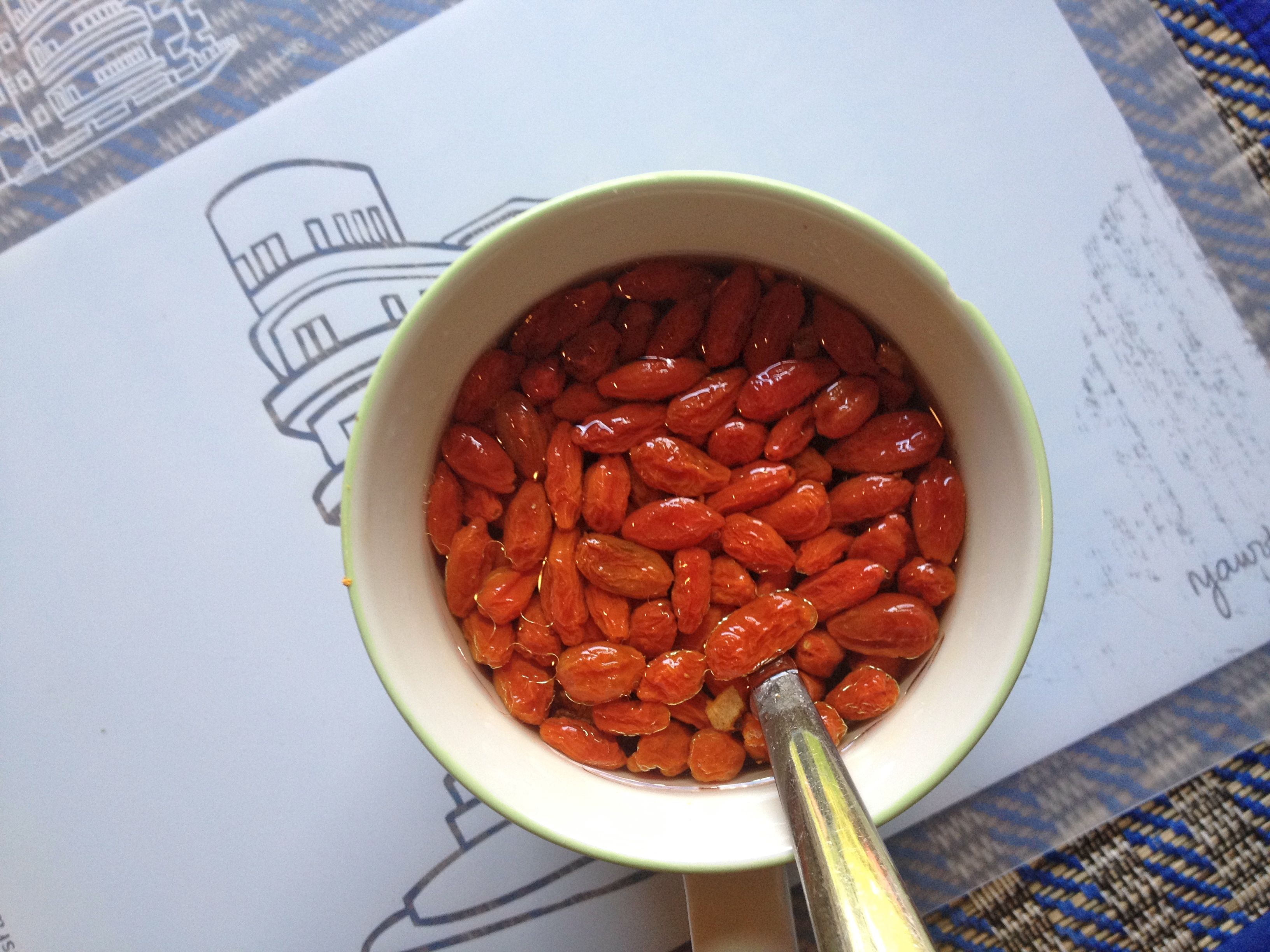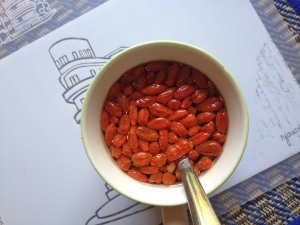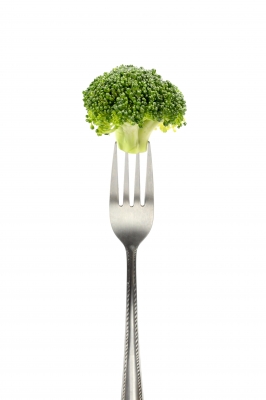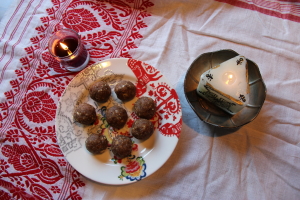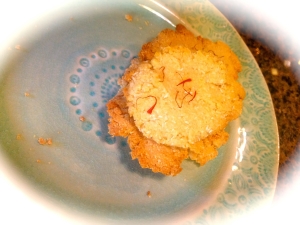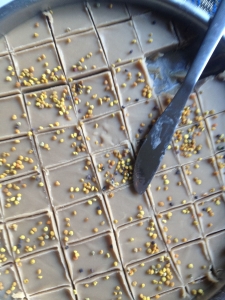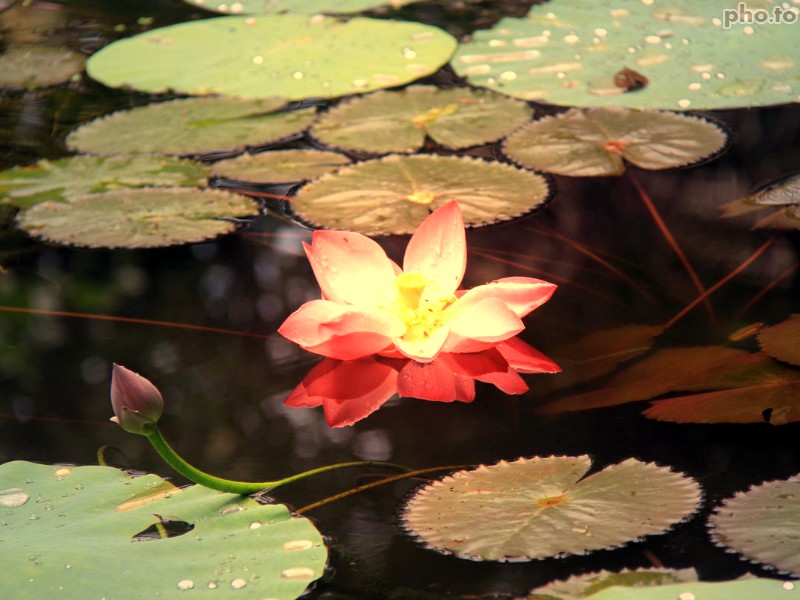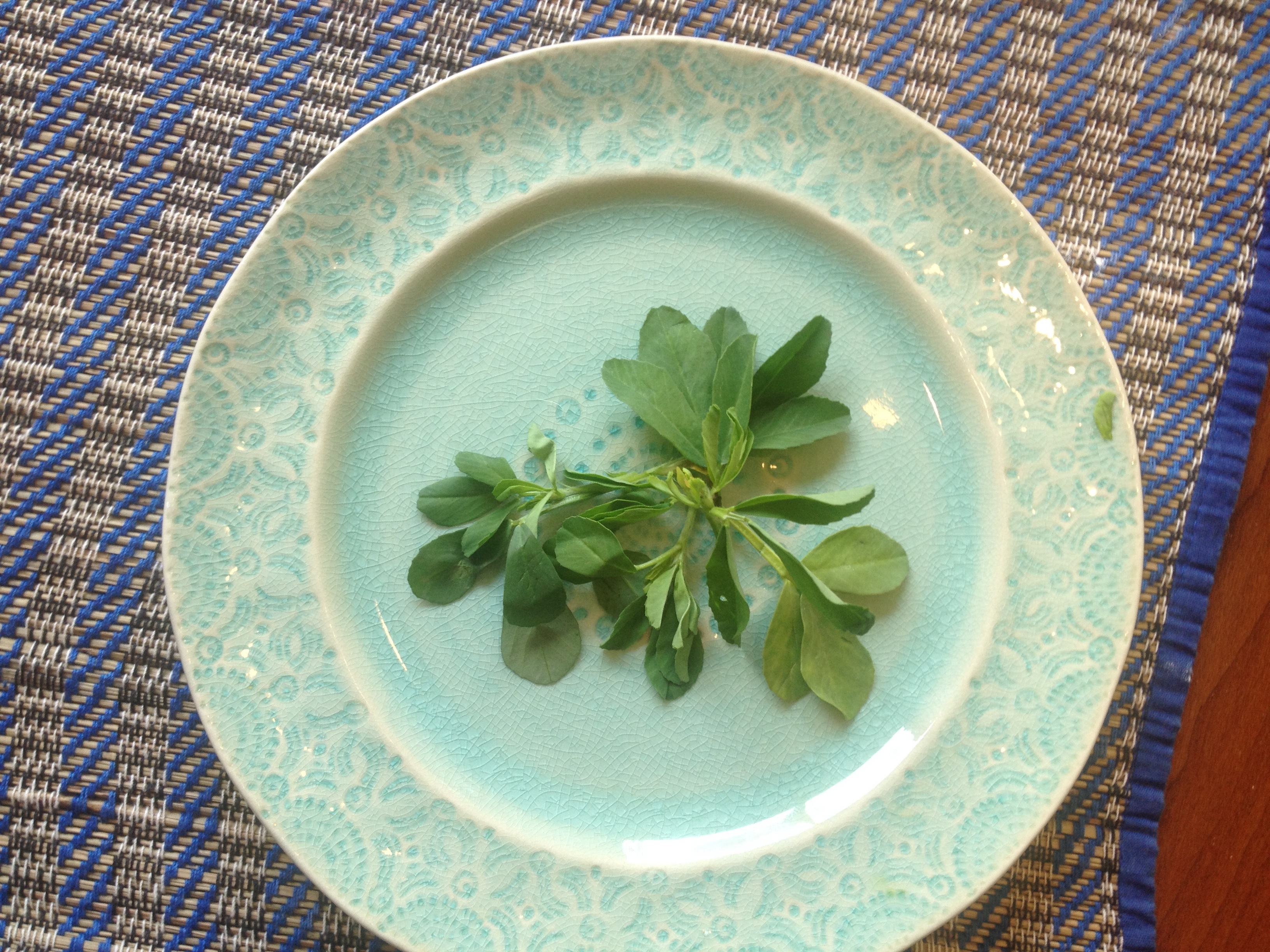I’m back with the Friday Five feature for this month. Here are five thoughts/ideas/things that are bringing joy and delight into my life. I had written about the possibility of including guest posts for this feature and it looks like it is going to happen. Stay tuned for exciting guest posts next Friday onwards!
Fresh Turmeric Root
The fresh turmeric root was an impulse buy. I have seen it sit next to fresh ginger root in grocery stores for years, but have ignored it thinking that powdered turmeric was all that I needed in my kitchen. Turmeric powder is good, but fresh turmeric root is extraordinary. The fresh version has a subtle taste, a slight peppery tang to it, but it would be remiss of me to call it turmeric lite. It is the creator of the powder after all. I have been julienning it, grating it and juicing it (in a garlic press) into my dishes, and my-oh-my, it adds glorious color, flavor and magic every single time. Just around the time I started buying fresh turmeric root, I had a scary-very-apt-for-Halloween cut on my finger. The few people who were allowed to peek under the band-aid said that it needed multiple stitches. Six weeks later, there are no signs whatsoever of the once upon a time cut. Our ancients were so certain of turmeric’s healing prowess, that they named the root, Kanchani, or the golden goddess in Sanskrit. You can also bring the goddess home today to heal your wounds, external or internal.
Medjool Dates
Deep brown in color with a caramel like flavor, medjool dates are embodiments of nature’s sweetness. Brimming with nutrients like vitamin A, B, potassium and iron, they make an energizing snack all by themselves or they make an excellent substitute for sugar. I have been using them to sweeten smoothies, truffles and puddings. Something magical happens when bananas, coconut milk and a touch of cardamom meet these dates in the blender. It is like they go on an awesome date (sorry, I could not resist) or something.
Hygge
It is that cold time of the year and if you are worried about plunging into Seasonal Affective Disorder, embrace Hygge. What is Hygge? It is a Danish word and it is hard to translate it into English. It is the reason why the Danes are considered the happiest people on earth despite long, dark and dreary winters. Describing the concept, Helen Dyrbye in the Xenophobe’s Guide to the Danes says that,
“It is the art of creating intimacy: a sense of comradeship, conviviality and contentment rolled into one.”
Simply put, it is the driving away of darkness and coldness through the luminosity and warmth of you and those around you. It is your everyday Deepavali or Christmas. Hygge is both a ceremony involving cozy candle light dinners as well as a feeling. So what will you do today to bring Hygge into your life?
Nag Champa Incense
Each stick weighs a gram and burns for one whole hour. Each stick is a special blend of resins, flower essences, herbs and natural sandalwood oil. Each stick is hand rolled. The scent is gentle, earthy and lingering, and is resonating with me, big time. I burn one stick every day; it wraps and cradles me with light, love and Hygge.
Maria Popova’s Literary Jukebox
It is a Brain Pickings project where quotes are imaginatively, reflectively and thematically matched with songs. When asked about the inspiration behind the project, Maria said,
“I have music on practically all the time and spend an inordinate portion of my waking hours reading, so it’s unsurprising that this synesthetic quality would manifest itself [for me] most powerfully in the relationship between literature and music.”
I have been spending an inordinate amount of time on this site. Here is one of my favorites, time seems to expand with this Proust with Murdoch pairing.
Sources:
- California College of Ayurveda; Turmeric: The Golden Goddess
- Dr. Mercola; What are Dates Good For?
- Mother Nature Network; How ‘hygge’ can Help you Get Through Winter
- Library Journal; Q & A; Maria Popova on Literary Jukebox
